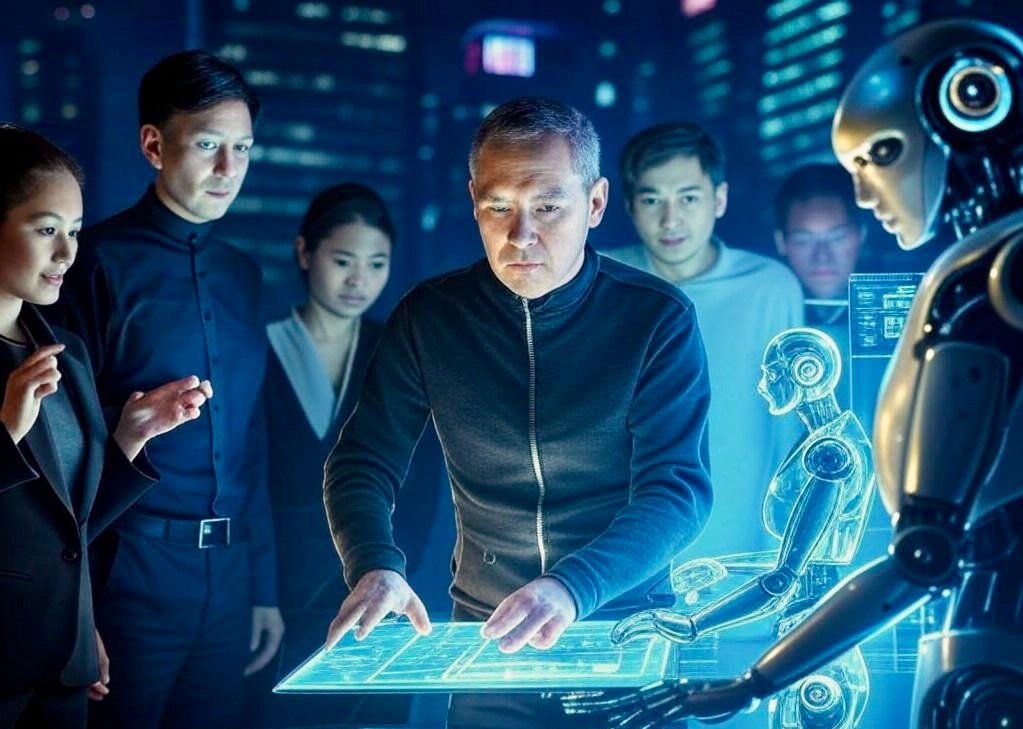“Almost everything we humans have ever done has been accomplished not by lone individuals, but by groups of people working together. ”
Thomas W. Malone*, begins his groundbreaking book, Superminds: The Surprising Power of People and Computers Thinking Together, with this profound observation—a truth we often overlook.
This is not a motivational motto but a factual statement with far-reaching implications: what truly changes the world is the collective intelligence of human groups and their technologies.
Professor Malone defines these aggregates as superminds: “groups of individuals acting collectively in ways that seem intelligent.” Hierarchies, markets, democracies, and communities are all examples of superminds. A project team is a supermind!
From this perspective, it becomes clear that an effective strategy for companies aiming to achieve ambitious goals must focus on maximizing the collective intelligence of their organizations—in other words, creating smarter superminds.
Artificial intelligence and robotics, along with other emerging technologies, play a crucial role in this ecosystem. These technologies are not just tools; they are active contributors to the collective intelligence of a supermind, capable of enhancing human capabilities and amplifying decision-making processes. By integrating technologies as collaborative partners within teams, organizations can unlock new levels of creativity, efficiency, and innovation. For example, AI can analyze vast datasets to provide insights that inform human strategy, while robotics can perform precise tasks that free up humans to focus on problem-solving and innovation. Together, humans and technologies form a dynamic partnership, each complementing the other to achieve results that neither could accomplish alone. This integration of technology as an integral part of superminds challenges traditional management paradigms, requiring a rethinking of leadership strategies and organizational structures. So, the real question every manager should ask is:
“How can people and computers be connected so that—collectively—they act more intelligently than any person, group, or computer has ever done before?”
To answer this, we need a holistic approach that generates cyber-human systems where humans and computers work together harmoniously and intelligently, rather than merely automating processes or replacing humans with cheaper machines. Emotional intelligence plays a vital role here , ensuring that human-computer interactions remain empathetic and productive, fostering collaboration rather than competition.
In other words, a financial strategy focused solely on efficiency through labor cost reduction and the introduction of robots is a losing strategy because it neglects the most important factors in the modern economy: knowledge and human connections. Knowledge thrives in environments where human contribution is not only valued but celebrated, where emotional intelligence fosters understanding and mutual respect, and where collaboration is the driving force.
Human connection is the heart of any successful system. It is through shared experiences, diverse perspectives, and genuine empathy that teams innovate and excel.
Strong relationships create networks of trust that enable individuals to take risks, share ideas, and grow together. By nurturing these connections, organizations can build communities of purpose, where people are inspired to contribute their best selves. This synergy between technologies, knowledge, emotional intelligence, and authentic human connection is what ultimately propels both individuals and organizations toward extraordinary achievements.
*Thomas W. Malone is the Patrick J. McGovern Professor of Management at the MIT Sloan School of Management and the founding director of the MIT Center for Collective Intelligence.

Leave a Reply